Setting the Stage for Success: Mastering Your Acumatica ERP Kick-Off
Ever feel like some ERP projects start with a bang but end with a whimper? The difference often lies in how you kick things off. A proper project launch isn't just a ceremonial handshake – it's the foundation that determines whether your Acumatica implementation will soar or stumble.
Why Your Kick-Off Meeting Can Make or Break Your ERP Project
Think of your kick-off meeting as the blueprint for your entire implementation. Skip this critical planning stage, and you might find yourself building a financial system where your inventory management should be!
For VARs, the kick-off call is your chance to demonstrate expertise and set the tone for a productive partnership. For clients, it's your opportunity to ensure the implementation team truly understands your business needs and expectations.
Without a structured kick-off, you risk:
Misaligned expectations that lead to scope creep
Undefined responsibilities creating accountability gaps
Critical timeline milestones that slide past unnoticed
Data migration headaches that could have been prevented
A system configured for how someone thinks you work, not how you actually do
Essential Questions That Drive Implementation Success
1. Aligning Business Goals and Timeline Expectations
Smart VARs start by getting crystal clear on what success looks like:
"What specific business problems are you solving with Acumatica?"
"What's driving your target go-live date?"
"Which features are absolute must-haves for launch day?"
For end-users, this is your moment to get real about priorities. That wish list of 50 features? It's time to identify which ones truly impact your bottom line for Phase 1.
When a client pushes for an ambitious timeline, use this opportunity to discuss phasing. Remember, a successful basic implementation beats a failed comprehensive one every time. As one of our clients wisely put it: "We'd rather go live with 80% of what we need than miss another fiscal year-end with our legacy system."
Without this alignment, you risk building a system that's technically perfect but practically unusable – like buying a sports car for off-road driving.
2. Establishing the Project Team and Readiness
The next critical discussion centers on who's driving the bus:
"Who will be your dedicated project manager or champion?"
"Which team members will be involved, and at what capacity?"
"How will decisions be made when trade-offs are necessary?"
VARs, this is where you'll get your first glimpse of potential risk factors. Is the client team stretched too thin? Is there executive sponsorship with real authority? Is there a clear decision-maker who can break stalemates?
End-users, heed this warning: an implementation team without dedicated resources is like trying to build a house while working full-time elsewhere. It rarely ends well. One manufacturing client learned this the hard way when their part-time project manager kept deferring critical decisions, ultimately delaying go-live by three months and incurring additional consulting costs.
3. Tackling Data Migration Head-On
Data migration is where ERP dreams can turn into nightmares. Address it early:
"What data needs to be migrated, and what's its current state?"
"Who will be responsible for data cleansing and validation?"
"What's your strategy for historical data?"
VARs, be direct about the client's role in data preparation. Make it clear that while you'll provide the tools and guidance, the client team needs to own the data quality.
End-users, don't underestimate this task. Start your data cleanup immediately after kick-off. As one distribution client discovered, what they thought was "pretty clean data" contained over 15,000 duplicate items that required weeks of unexpected cleanup.
4. Planning for User Adoption and Training
Even the most perfectly configured system fails if users can't or won't use it:
"How will end-users be trained on the new system?"
"Who will develop standard operating procedures?"
"What's the plan for user acceptance testing?"
VARs, this is your chance to showcase expertise beyond technical configuration. Offer practical adoption strategies that have worked for similar clients.
End-users, remember that training isn't something that happens the week before go-live. It's an ongoing process that should begin with process owners participating in design sessions and continue through implementation, testing, and beyond.
5. Setting Communication and Support Expectations
Establish clear channels from day one:
"What will our regular meeting cadence look like?"
"How will issues and roadblocks be escalated?"
"What should the client expect during the first week post-go-live?"
VARs, set realistic expectations about support during and after implementation. Be transparent about response times and the difference between "nice-to-have" enhancements and critical issues.
Clients, understand that the first few weeks after go-live will require all hands on deck. Plan for reduced productivity and ensure your team knows how to get help when needed.
Turning Your Kick-Off Into a Launchpad for Success
The most successful Acumatica implementations don't start with configuration – they start with conversation. Use your kick-off meeting to:
Document and distribute clear roles and responsibilities
Establish a realistic project timeline with specific milestones
Create a communication plan that keeps everyone informed
Identify potential roadblocks before they become obstacles
Build the foundation for a collaborative, solution-focused partnership
For VARs, a well-executed kick-off sets the stage for a smoother implementation with fewer surprises and higher client satisfaction.
For clients, it ensures your investment in Acumatica delivers the business transformation you're counting on.
Remember, an ERP implementation isn't just about technology – it's about people working together toward a common goal. Start with a solid kick-off, and you'll be well on your way to Acumatica success.
Are you preparing for an Acumatica implementation? What questions do you have about the kick-off process? Share in the comments below!


